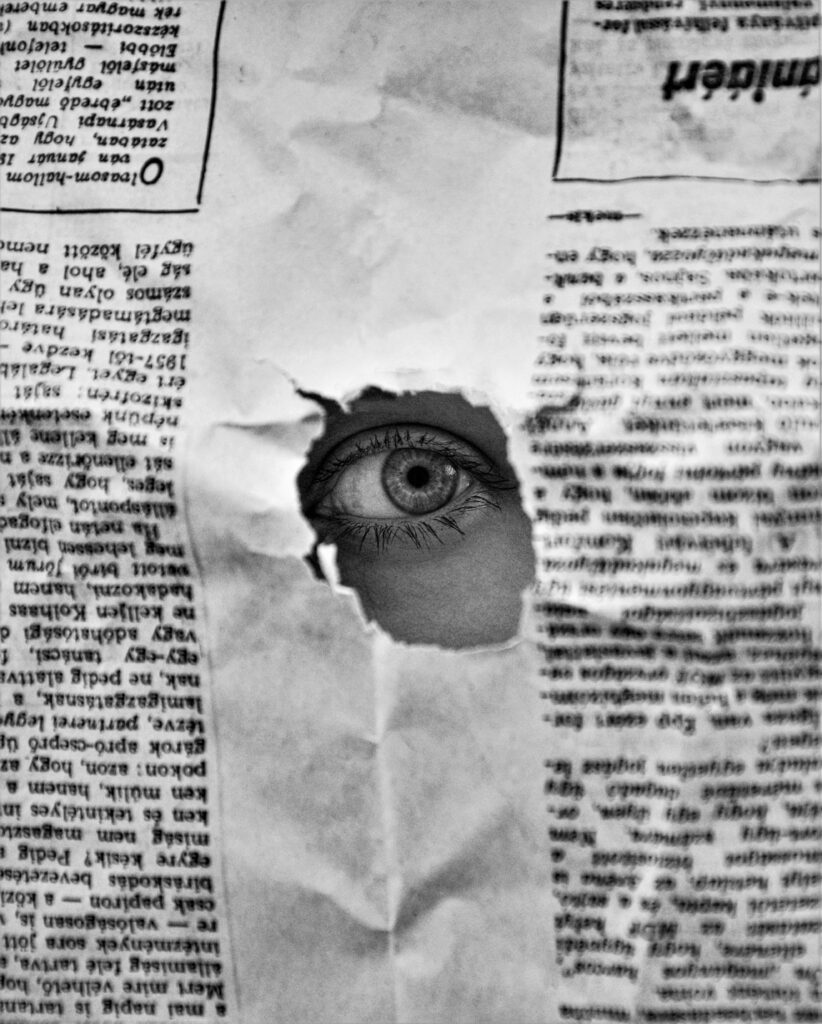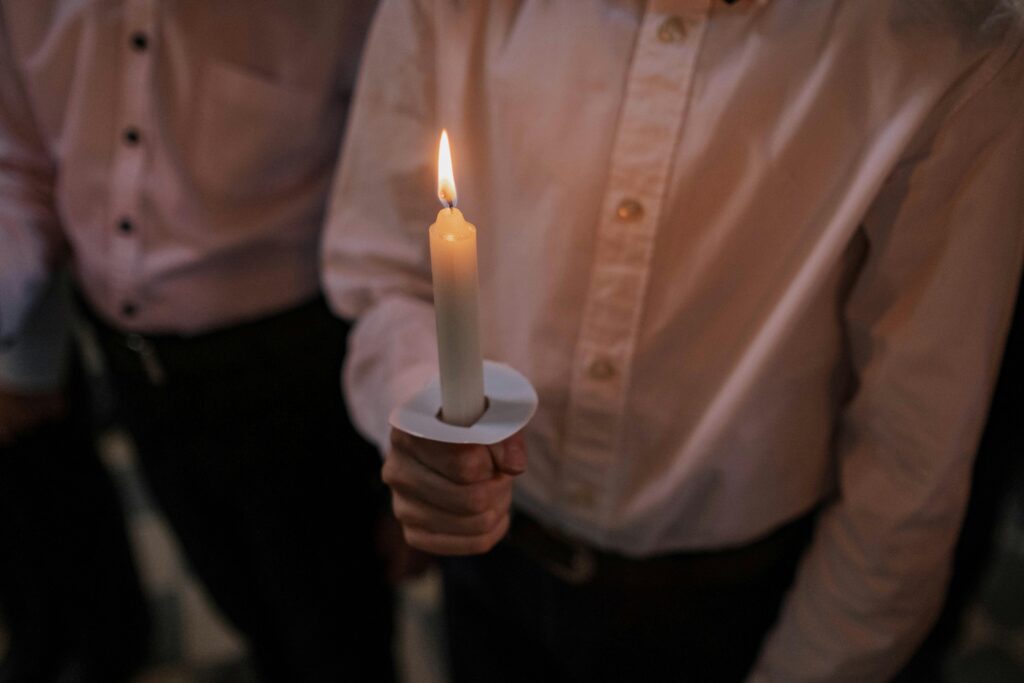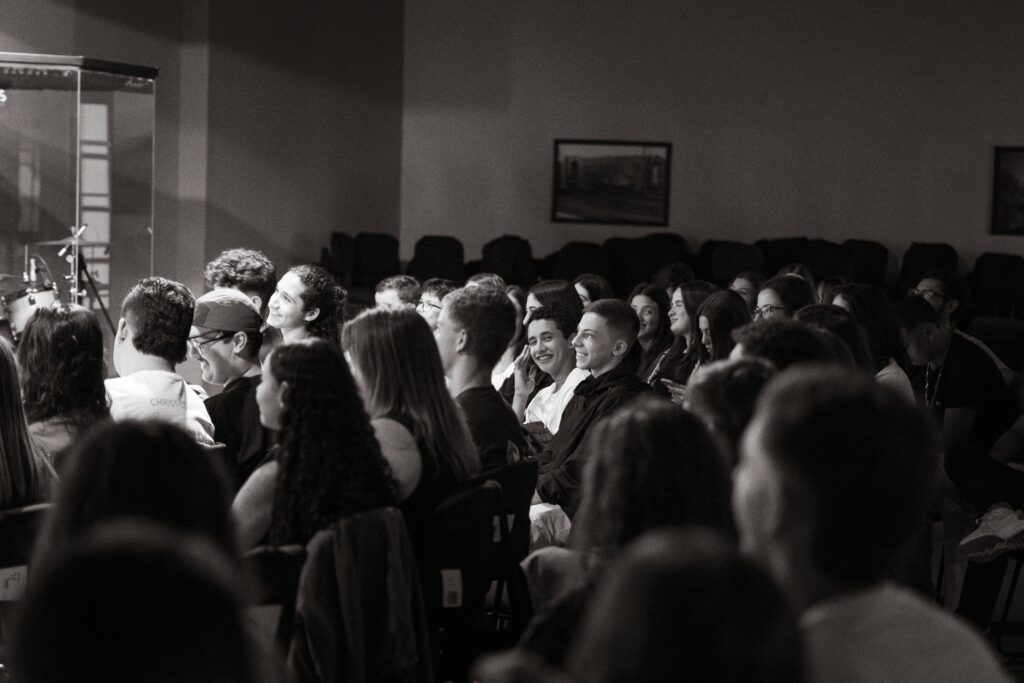Mysteries and secrets: Can a wise man be a believer?
Manuel García Morente: from rationalism without God to the Catholic faith that illuminates reason

Throughout history, there has been no shortage of intellectuals convinced that the wisest thing to do is not to be a Catholic believer. In Spain, a current of thought, Krausism, defended that only reason could be the guide of life, excluding faith. The Krausist intellectuals founded the Institución Libre de Enseñanza (ILE), to which Manuel García Morente belonged, and of which he was a great personality.
I have studied this thinker in detail in my book “Manuel García Morente. I have also written a detailed analysis of the Krausian philosophy and the ILE in my best book, the sixth in which I write about this philosopher, “García Morente: Secretos y Misterios” (Life and Thought) – a doctoral thesis – and, more synthetically, in the Biography of García Morente in his book “Idea de la Hispanidad” (Idea of Hispanicity), and even more briefly in the concluding part of a book published in Czech, and I have carefully analyzed Krausianism and the ILE in my best book, the sixth in which I write about this philosopher, “García Morente: Secrets and Mysteries.”
This intellectual was a professor of Ethics at the University of Madrid, an academic of the Royal Academy of Moral and Political Sciences, the best disciple of José Ortega y Gasset and, in addition, he has been considered one of the main Spanish philosophers of the 20th century. In the last years of his life he recovered the faith that he had lost at a very young age.
García Morente believed that the wise man could only be guided by reason, and that everything that happened had to have a purely natural cause. As I emphasized in my book “Manuel García Morente, the professor,” his ideology was a thought without God. He also believed that the Catholic faith was irrational, since it introduced the supernatural, which was not the fruit of reason. He could not accept that something as great as God could become a man, and a child, and even die on the cross. As I said in the book “The Extraordinary Fact”, published by “Bibliotheca Homo Legens”, in 1934, the leitmotiv of his philosophy was to build both society and knowledge without God. This was his prejudice, his error regarding religion, the pride of what he called reason.
There came a time in his life when he found that things were happening to him that seemed to have no natural explanation. It also seemed that there was something, whose nature he did not know, that was building the life he was living. His deep reflection on this led him to realize that, contrary to what he had believed until then, there was a divine providence. This conclusion is still a fruit of reason. Faced with this Providence, he raised serious questions, since he did not understand some of its actions, and he felt upset. He would have liked to embrace Providence, but he believed it was impossible.
Finding himself in this very complex situation, divine grace makes him realize that Christ knows very well what suffering is and has embraced all suffering humanity. A very great grace makes him understand that Christ crucified is God. Then, the professor and academic, previously an unbeliever, having removed the intellectual blindfold that covered his eyes, his heart overflows, he prays and loves Christ and gives his will into the wounded hands of Jesus Christ. The famous dean of the Faculty of Philosophy of the University of Madrid is now at the feet of Christ, crucified. He also realizes then that Christ, with a human heart that loves, Christ crucified, is not an absurdity, but is a wonder. And he experiences great joy. Shortly afterward, he has a mystical experience, consisting of the joy of seeing himself embraced with great love by Christ. In return for love, he decides to become a priest.
His whole life will be spent subjugated by the experience of having felt so loved by Christ. Three years later, he was ordained a priest. Great bishops have said that he was a very exemplary Catholic priest and that he loved Christ very much. For his new journey he will have to take no other direction than a great teacher, Saint Thomas Aquinas, the thinker of the humility of truth. García Morente became a great Catholic intellectual.
What has happened to García Morente? All the pride of what he had considered his reason, as if it were something of pure wax, has come to melt before the fire of Christ’s love. From this point on, he will walk in truth and in love. Christ will be his light, his love and his everything. This is the prodigious adventure of Don Manuel García Morente!
García Morente, with his life and thought, represents the overcoming of the Krausist ideology and of the ILE. It is the overcoming of what in his time in Spain had represented the supposedly most powerful intellectual alternative to the Catholic religion. Overcoming that is carried out from within. That is, someone who was part of the ILE has realized that the truth is not in the latter but in Christ and that faith is the truth. Also that faith and reason do not contradict each other, but that faith is in harmony with reason and is superior to it. He discovered that the wisest thing is to be Catholic. He has learned that reason cannot go beyond reason, without ceasing to be reason, and, therefore, true reason can never deny faith. Knowing now the greatness of faith, he cried a lot during his time of unbelief.
Usually, the founder of the ILE who stands out the most is Francisco Giner de los Ríos. His disciple was Manuel Azaña, who was President of the Spanish Government and President of the secularist and Masonic Second Spanish Republic at a time when the Catholic Church was under strong attack. If anyone could be considered the symbol of that republic, it is Azaña. Now, he also converted. He very eloquently kissed the crucifix. He thus placed the crucified man above his proud head as an intellectual who had so sought the secularization of Spain.
During the religious persecution that took place in Spain during the 1930s, there were thousands of Catholic martyrs. The martyrs were stronger than the executioners, they responded to hatred with their love and converted many of them.
This is a lesson from history, led by the same people who positioned themselves against the Church, and which can be summarized as follows: Christ wins, Christ reigns, Christ rules. Today, there are still some who seem to have a blindfold on that prevents them from seeing what happened, thus dooming themselves to be defeated by Christ.
Related

Cardinal Arizmendi: Beware of Artificial Intelligence!
Felipe Arizmendi
09 April, 2025
5 min

Revolutionize Celebrations
Mar Dorrio
09 April, 2025
2 min

Reasonable Answers About Our Faith
Mario J. Paredes
09 April, 2025
5 min

Sensitivity in a Managerial Key: The Forgotten Muscle of Meaningful Leadership
Alejandro Fontana
08 April, 2025
3 min
 (EN)
(EN)
 (ES)
(ES)
 (IT)
(IT)

